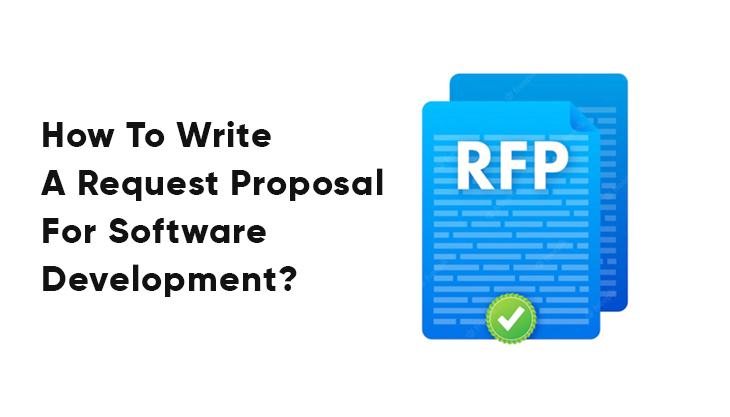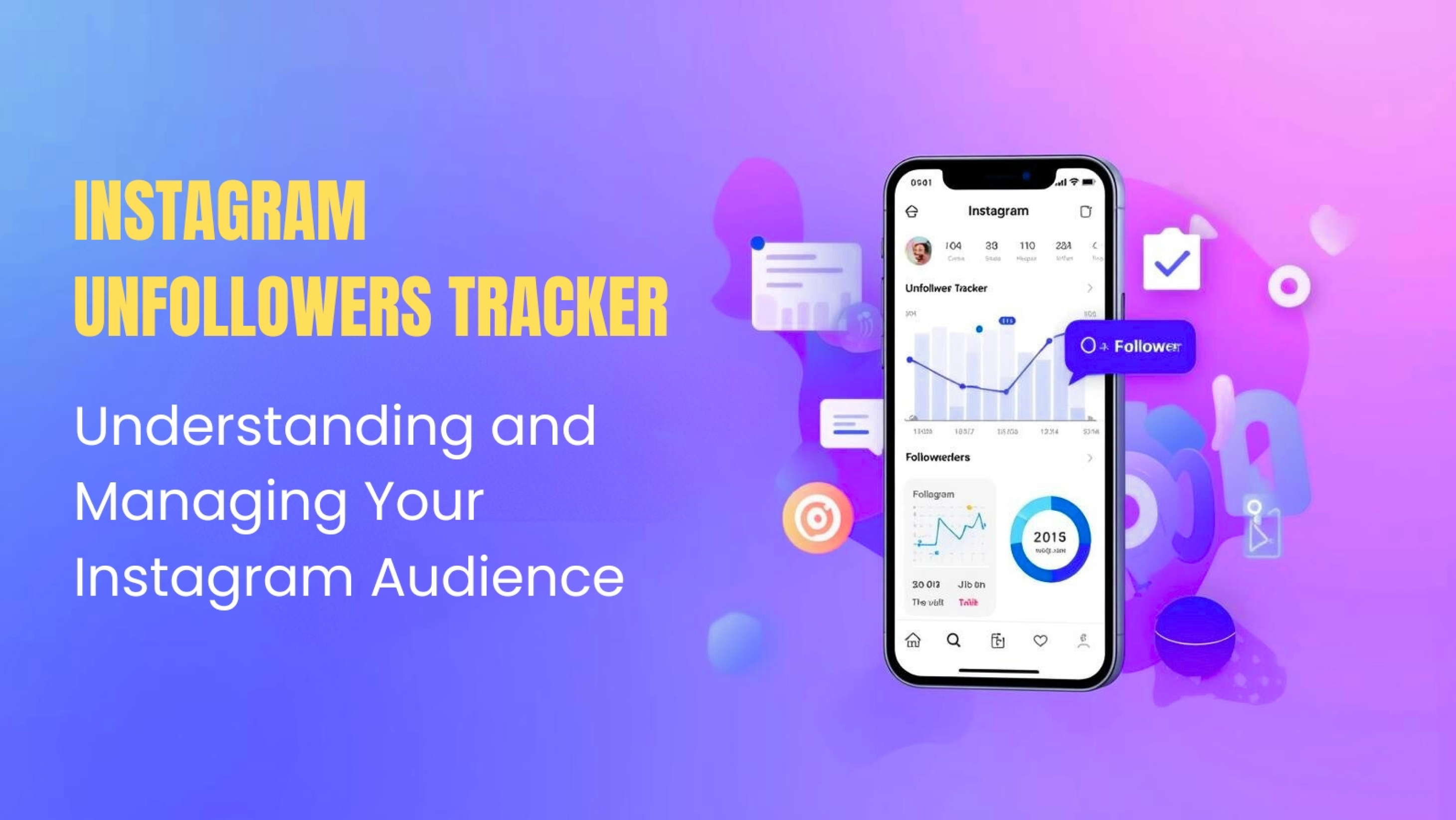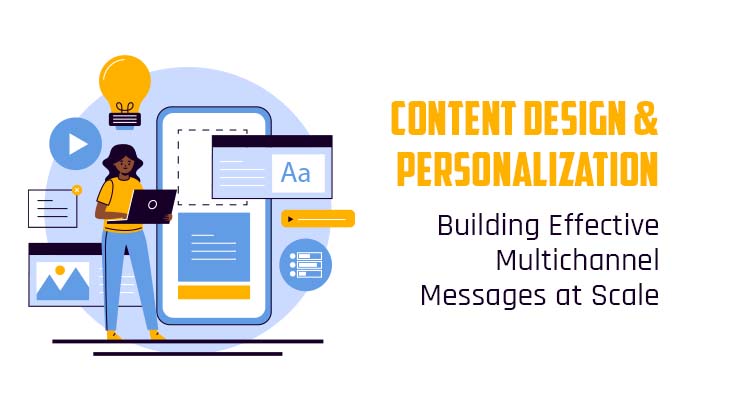One of the most common reasons software projects fail, according to Forbes Technology Council, is unclear specifications. Given this, organisations must clearly explain their requirements in detail from the very beginning when looking for a great software source. A request for proposal (RFP) is used in this situation.
Transparency, objectivity, explicit expectations, and risk reduction are all benefits of a good RFP. It also allows potential software development companies to gather all of the necessary information for making a competent bid or consultation. The more precisely you specify your requirements, the more precise the technical solutions you receive will be.
In this article we will go through the process of writing a Software development proposal.
What Exactly Is a Request for Proposal (RFP)?
A software development request for proposal (RFP) is a formal document that outlines your requirements and expectations. It's utilised to get proposals from the software providers you've narrowed down for your project.
These partners will submit a proposal outlining how they plan to undertake the project, including required resources, technical stack, and price. After that, multiple offers are evaluated to choose the best software vendor.
The Advantages of Releasing an RFP
In the early stages of product development, a well-prepared RFP can save you a lot of time and money.
1. Understand the capabilities and views of the vendors on your project.
If you are attentive in drafting your RFP, potential software vendors will try to deliver personalised bids that correspond with your business requirements.
Make a clear selecting procedure.
2. Make a clear selecting procedure.
This document makes it easy to compare and evaluate potential bidders side by side when an RFP demands a uniform structure for submissions.
3. Raise the likelihood of a price reduction.
RFPs initiate a bidding process, and cost becomes one of the most important selection criteria, preventing a vendor's pricing from spiralling out of control. You must, however, strike a balance between your budget and business risks without jeopardising the quality of your final product.
4. Raise the likelihood of a price reduction.
RFPs initiate a bidding process, and cost becomes one of the most important selection criteria, preventing a vendor's pricing from spiralling out of control. You must, however, strike a balance between your budget and business risks without jeopardising the quality of your final product.
5. Save time and money.
While a successful RFP requires a lot of time and effort, it prevents you from providing vendors different and contradictory information. This will most likely keep you from becoming confused and chaotic during your decision-making process. You can collect questions from all participating suppliers in a single Q&A session and respond to them all at once using RFP.
Using an RFP response automation software can streamline the vendor evaluation process by ensuring consistent, structured submissions and reducing manual effort. This approach helps businesses gain deeper insights while saving time and minimizing communication gaps during the procurement cycle.
What Does an RFP Entail?
The RFP must be thorough enough to include the most important components while remaining manageable. It should provide a clear image of what you intend to accomplish without being overbearing. Let's take a look at some of the most important components of a software development RFP.
1. An summary of the project
Introduce your project and your goals in a few sentences, focusing on the key issues you want to solve rather than the particular solutions you intend to attain.
2. The description of a business
Include a brief history of your firm, information about your products or services, and how you differentiate yourself from competitors by creating values and distinctiveness.
3. Project objectives
Make a list of the needs for the end product, as well as the specific goals you wish to achieve with it. Furthermore, you must include some information about your target audience, which will assist you in developing a product that meets the needs of users when it is released to the market.
4. Work scope and deliverables
Make a list of all the features that must be added. Make a list of your back-end and front-end development requirements. You also state what services you want to offer (e,g business analysis, project management, methodology, software development, and testing, etc.).
You can also specify a timeframe with a deadline for the project's completion so that your software vendors can assess their chances of completing it on time.
5. Technical specifications
The project costs are predicted more accurately the more explicitly all features and technical obstacles are put out. Additionally, you can reduce the risks of project obstacles afterwards.
6. The duration of the project
Give your potential partners specifics on how you'll handle your proposal submissions. When you reach out to development businesses, when you anticipate them to submit proposals, how long you expect to examine them, and when you intend to start the project are all examples. They enable vendors to respond quickly.
7. Budget It is necessary to provide a pricing range or a more specific budget (if possible).
This allows vendors to assess if the project can be completed within the estimated time and budget. Furthermore, certain businesses may be able to assist you in reshaping your project to fit your budget. They have the option to reprioritize the task, eliminate non-essential aspects, or scale it down later.
8. Criteria for selection
Provide a list of evaluation criteria that matches your needs before selecting a software vendor for your project. This allows suppliers to highlight their experience, knowledge, and services while also demonstrating that you are serious about their offers by conducting thorough research.
9. Requirements to be submitted to a vendor
It specifies what information vendors should include in their proposals (relevant case studies, testimonials, team members' experience, and so on), as well as the length and format of the proposal (MS Word, Excel, or PDF).
10. Contact point
Vendors may have further questions after reviewing the requirements to clarify the project specification. As a result, make a note of the contact information (name, position, email, phone) so that stakeholders can submit ideas and engage with your company more easily.
All This Seems Difficult to Do All by Yourself?
Hire a software development company who will do this for you. Companies that specialise in software development create, manage, and support applications, frameworks, and other software components for businesses and consumers.
Software development is the process of generating and maintaining applications, frameworks, and other software components through conceiving, specifying, designing, programming, documenting, testing, and bug resolving.
All of these elements are put together by a software development business. This comprises everything from the inception of the programme to its final manifestation—research, fresh development, prototyping, modification, reuse, re-engineering, and maintenance, among other things.
















Post Comments